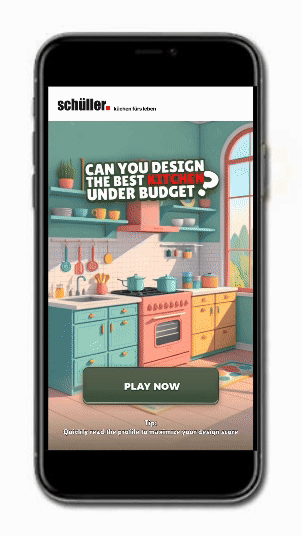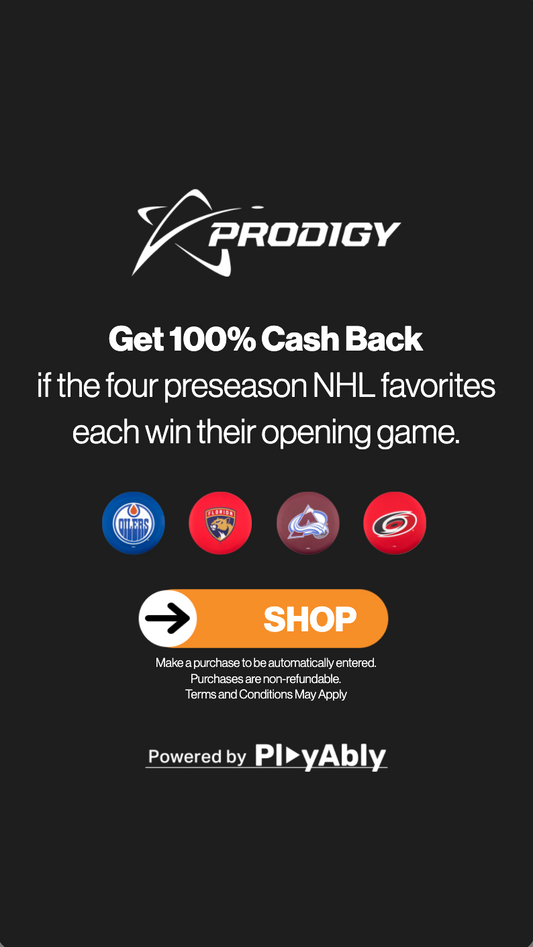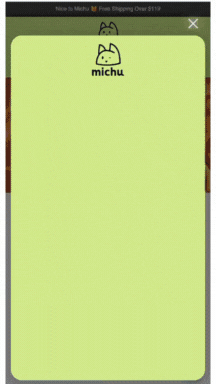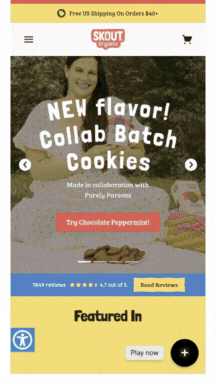What Is Seasonal Gamification?
Vintage Cars Customizable Game
Creating Customer Journeys Experiences in eCommerce with Gamification
Download The Guide
Seasonal gamification is the strategic use of game mechanics tied to specific times of the year—think holidays, sales events, or cultural moments—to drive deeper engagement, boost conversions, and keep your brand top of mind. Whether it’s a Halloween-themed quiz, a winter holiday scratch-and-win, or a summer badge challenge, the goal is to tap into timely excitement with playful, purpose-driven interaction.
Done right, seasonal gamification isn’t just festive—it’s highly effective. It creates urgency, rewards attention, and turns otherwise routine promotions into memorable experiences.
Vintage Cars Customizable Game
Gamification and conversion optimization go hand in hand. While gamification keeps users engaged, conversion optimization ensures that engagement leads to action—whether that’s making a purchase.
Download The GuideWhy Seasonal Timing Matters
Every brand runs seasonal campaigns. But most settle for the same tired approach: slap a holiday banner on the homepage, offer a discount code, and blast the inbox. That kind of surface-level seasonality barely registers with shoppers who are already bombarded.
Seasonal gamification flips the script by adding interactivity. Instead of telling your audience it’s time to buy, you invite them to play. Whether it's unlocking a special deal through a Valentine’s Day game or completing a fall challenge for loyalty points, you’re making participation part of the moment. That small shift creates emotional connection—and measurable results.
How Seasonal Gamification Drives Results
It’s not just decoration—it’s data. When you engage customers through a themed game, you’re also collecting insights about their preferences, behaviors, and timing. You’re earning their attention, not begging for it. That interaction leads to:
-
Higher conversion rates on seasonal offers
-
Greater coupon redemption (especially when “earned” through gameplay)
-
More time spent on-site and stronger brand recall
-
More shares, especially on social, where seasonal trends already thrive
Best of all, limited-time formats create natural urgency. A game that disappears after New Year’s? That’s a built-in reason to act now.
Real-World Examples of Seasonal Gamification
PlayAbly clients regularly tap into seasonal moments to run high-performing campaigns—like a swipe-based “Gift Finder” during December, or a back-to-school badge challenge for loyalty members. These aren’t just themed assets—they’re strategic engines that spark engagement across email, ads, and on-site.
Because the mechanics (quizzes, puzzles, swipe cards, etc.) are familiar, the seasonal layer feels fresh without being confusing. And because it’s personalized and interactive, it cuts through noise far better than a flat promo banner ever could.



